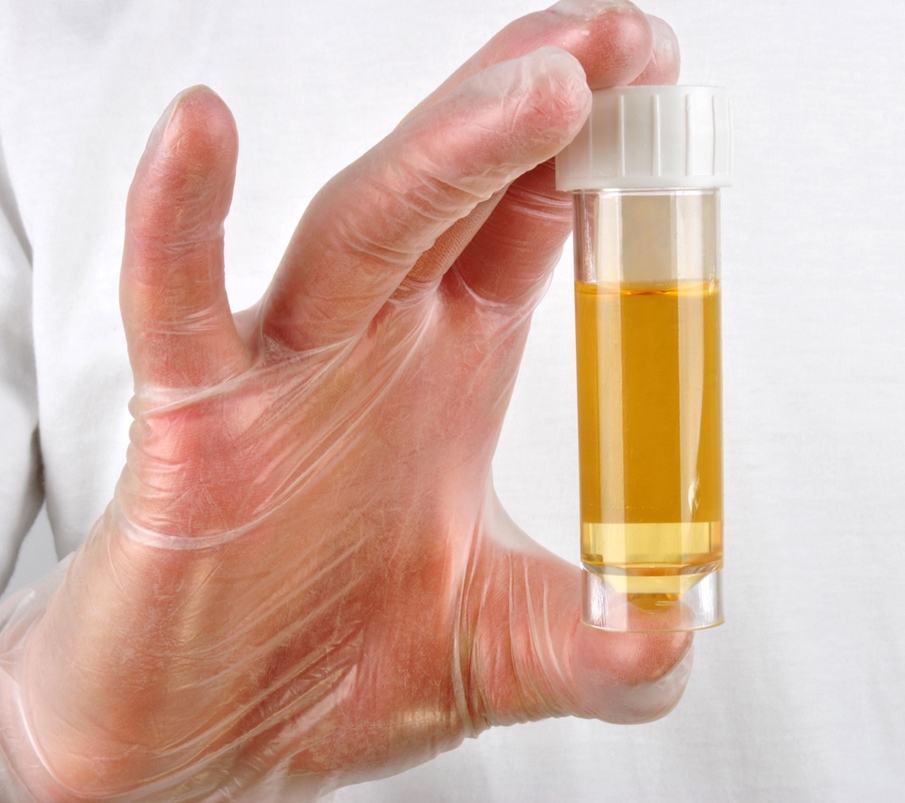Bladder cancer is one of the ten most common cancers worldwide, afflicting both genders and being the 13th most common cause of death associated with cancer. A mixture of immunotherapy, chemotherapies, and surgery are currently used in its treatment. The management of early-stage bladder cancer contributes to a significant healthcare burden due to the high risk of recurrence, frequent monitoring of the disease, and high treatment costs.
Fluorescent probe described herein can be used as an effective diagnostic test for bladder cancer. It relies on synthesized internally quenched fluorescent substrate of the 20S proteasome. This peptide, 2-aminobenzoic acid (ABZ)-Val-Val-Ser-Tyr-Ala-Met-Gly-Tyr(3-NO2)-NH2, is cleaved by the chymotrypsin 20S proteasome subunit and displays an excellent specificity and sensitivity and detection limit of 32pM and 5pM respectively. These values clearly indicate that probe is hydrolized by proteasome with very high efficeincy, at enzyme concentrations as low as 32 pM.
Consequently, the entire procedure of proteasome detection is very simple (involves mixing of 2 solutions), requires versy small amount of biological sample (i.e. urea) and can be accomplished very quickly (within 60 minutes). Positive result, signified by increase in fluorescence, marks proteasome 20S presence in urine, which gives the opportunity to confirm the presence of cancer in short time.

